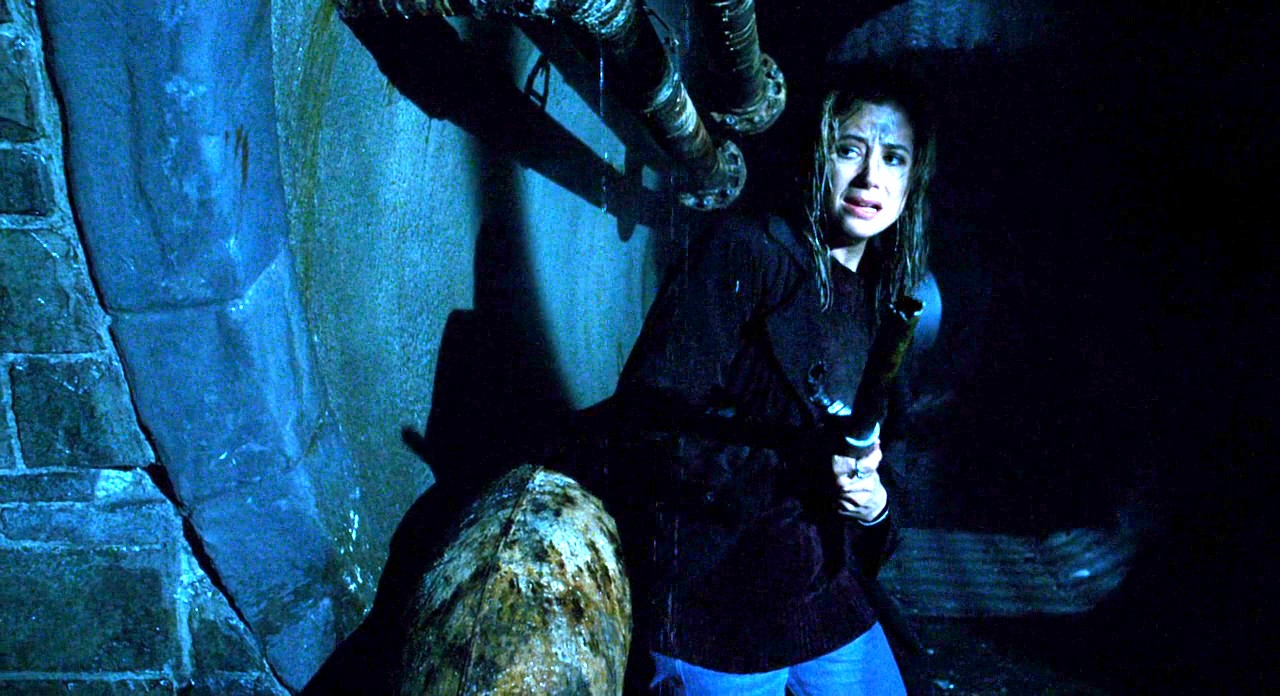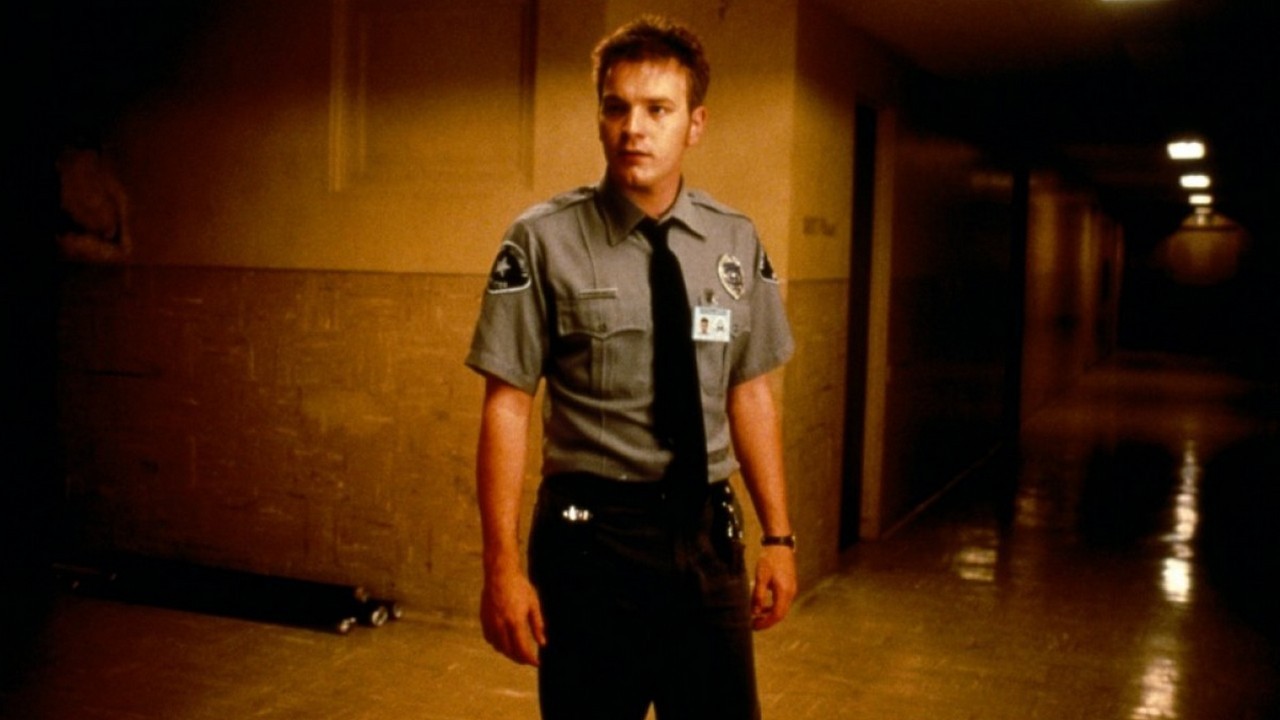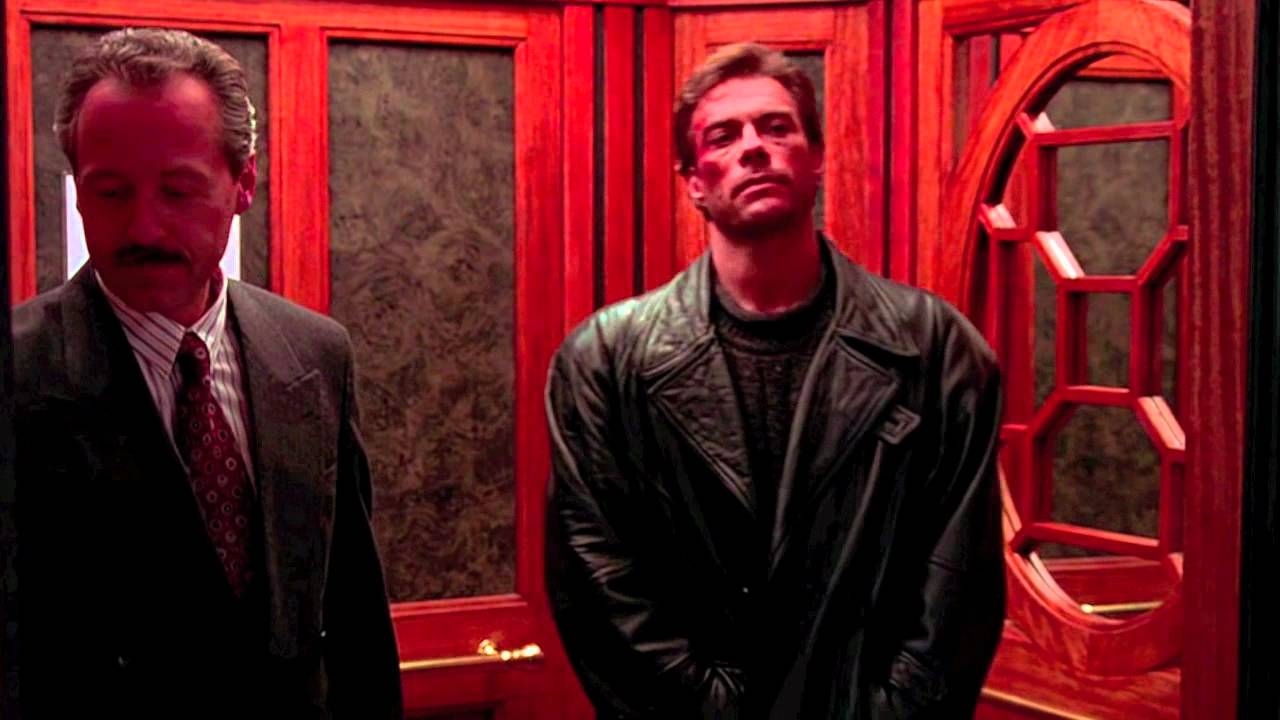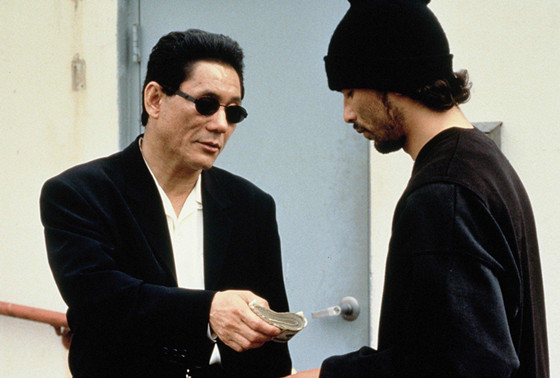
We’ve all seen and heard about it before – an exotic foreign director gets seduced by Hollywood calling and the resulting film just doesn’t add up to their quality margin.
Reasons can lead from butting heads with the studio system to their unique voice getting lost in translation. It’s a common occurrence and most are able to get things back on track (usually by returning to native soil) yet sometimes they’re not as lucky. Let’s take a look at those collaboration that combined as smooth as water and oil and the tumultuous outcomes that followed.
10. Guillermo Del Toro – Mimic (1997)

Pre-Hollywood: After toiling away in the Mexican TV industry for a handful of years, Del Toro made a splash at film festivals with his debut “Cronos” (1993), a beautifully constructed vampire tale that was oddly endearing. It marked him as a unique directorial force and it was only a matter of time before Hollywood enticed him with a juicy genre collaboration.
Film in Question: That offer was “Mimic”, a grimy Monster thriller featuring cockroach people dwelling in the claustrophobic spaces of New York’s subway tunnels and starring Mira Sorvino coming straight off an Oscar win. No question, Del Toro flourish with dark genre material and the combination of elements looked to be a slam-dunk.
Unfortunately he made this movie in combination with Bob Weinstein’s Dimension studios that tend to have bi-polar tendencies towards individual talents. The two egos clashed constantly in what became an incredibly miserable period of Del Toro’s life (his father also had been kidnapped that year) with Weinstein’s vision for the movie coming out the victor and Del Toro disowning the final product.
In all fairness, the film isn’t an abomination- Del Toro’s visional style still shines through, as well as his unique talent for designing fascinating horror creatures, but overall the film just boils down to an average and predictable genre movie – something the director cannot be accused striving for elsewhere.
Aftermath: I think it’s safe to say that this unpleasant incidence was the exception to the rule with Del Toro’s career – he turned the situation around by travelling to Spain and making the chilling ghost story “The Devil’s Backbone” (2001) (solidifying his quality clout) then followed it the next year by returning to the US and making the successful action movie “Blade 2” (2002) (solidifying his box-office clout) – these two films opened the doors for him to be creative powerhouse still incredibly prominent in the industry today.
9. Ole Bordnedal – Nightwatch (1997)

Pre-Hollywood: Danish director Bordnedal made a big impression internationally with his native debut “Nattevagten” (1994), an impressively macabre ode to Hitchcock that showcased a confident handle on tension, a keen visual eye and a pitch black sense of humour.
Film in Question: Dimension studios (yup, it’s them again) bought the US rights to the film and then withheld its release in order to crank out an american remake and cash-in on the word of mouth spreading. Who jumped at the chance to fill those uninspired shoes? Surprisingly Bornedal, who enjoyed a brief period as the studios golden boy (Weinstein also brought him in to conduct reshoots on “Mimic” as well).
The Danish director co-wrote the remake with Steven Soderbergh, yet despite those two talented minds, the script feels about as passionately made as a paint-by-number type of deal, with it almost shot-for-shot replicated. Strangely it doesn’t help that the original was a wickedly gripping little thriller because the novelty of a European made genre thriller and the low budget inventiveness are sadly irreplaceable. Setting it in the states only made the blatant cliches in the plot more familiar and less forgivable.
It’s a passable thriller but lacks the finesse of the original and after all the fuss, this one disappeared quickly after its release as so did the Hollywood heat behind Bornedal.
Aftermath: Bornedal has stayed in his native country since his dance with Dimension, directing a series of low-key but well received genre movies – crime yarn “Just Another Lover Story” (2007), xenophobic thriller “Deliver Us From Evil” (2009) and exorcist-lit “The Possession” (2012).
Sure, Hollywood won’t come calling any time soon but he’s enjoyed an eventful filmography where he had the creative freedom to make his films the exact way he wanted to.
8. Ringo Lam – Maximum Risk (1996)

Pre-Hollywood: Lam was likely the loudest and more exciting voices of the ‘New Wave’ of Hong Kong genre directors emerging in the wake of John Woo’s “A Better Tomorrow” (1986). Making a big impression with heist drama “City on Fire” (1987) that resulted in his ‘On Fire’ series that had an unheard of political and social axe to grind with its government. Still it was his bombastic and inventively violent action opera “Full Contact” (1992) that really put him on the map for international audiences.
Film in Question: Like his fellow prolific HK contemporaries John Woo and Tsui Hark, Lam made his debut in the states by directing an action flick starring Jean Claude Van Damme. Yet unlike his countrymen’s efforts (“Hard Target” (1993) and “Double Team” (1997), respectively) that where far from their homemade classics, they still maintained a degree of their unique talents in generally fun efforts – “Maximum Risk” was criminally lacking any semblance of personality behind the lens.
Neither Lam’s gritty, grounded stance from the ‘On Fire’ movies, or his audacious inventiveness from “Full Contact” are present in a movie that feels like it could’ve been made by any gun-for-hire, as the lame attempt at blending a Hitchcock’s ‘wrong man’ scenario with a Van Damme shooter plays out as generic as possible.
The film was not surprisingly a critical failure but more importantly the first of a series of mediocre flops for the Belgian star that quickly knocked him off his box office pedestal.
Aftermath: Oddly enough, despite rumours that Van Damme was intolerable to work with during that period, him and Lam struck up a admirable working relationship with the two teaming up for two much better genre efforts despite them going straight-to-DVD – the wacky Sci-Fi/Thriller “Replicant” (2001) and the surprisingly dramatic prison film “In Hell” (2003).
Lam enjoyed jumping back and forth to the US for low-key action films then returning to HK for higher caliber work. Recently he’s been less prolific, not enjoying Woo or Hark’s budgets or box-office but he works consistently nonetheless.
7. Takeshi Kitano – Brother (2000)

Pre-Hollywood: A prominent media personality in Japan, Kitano began directing a series of haunting crime stories (Violent Cop, Sonatine) and offbeat dramas (Kids Return) that made very little impression in his home turf but had audiences in Europe and UK buzzing with fan fare. It wasn’t until his seminal masterwork “Fireworks” (1997) though that he became a cult sensation stateside and caught the attention of US producers.
Film in Question: Kitano’s conceptilized project would be an exciting proposition of bringing his iconic, stone-faced Yakuza persona over to the ethically charged gang violence of Los Angeles.
Sadly the results can be written off as his unique brand of directing literally ‘lost in translation’. The elements that usually work in his films – the tragic character arcs, warm camaraderie and involving doom laden plotting – just come off as awkward with his western cast, the material never clicks with them despite earnest efforts and morphing into an embarrassing ordeal.
The film was made with the intentions of breaking Kitano’s unique flavour into the mainstream but ends up feeling like a hallow greatest hits compilations of Kitano’s earlier, better films yet with none of the heart.
The one thing that still works is his shockingly violent stand-off’s yet most Kitano fans know that’s only a tiny piece of the puzzle that this individual director brings to a movie.
Aftermath: Kitano wrote said film production off as a miserable, frustrating experience and claimed to never work outside of Japan again. It was an excellent choice as he immediately returned to the high quality standard precedented before but now also with gracious box office result. His samurai epic “Zatoichi” (2003) and his current “Outrage” franchise, are the biggest financial success’ of his home-based career that shows no sign of slowing down.
6. Erik Skjoldbjaerg – Prozac Nation (2005)

Pre-Hollywood: Norwegian director Skjoldbjaerg exploded onto the international indie scene with his psychological noir “Insomnia” (1997), an icy cold chronicle of a strained yet sympathetic Cop turning into a flat-out evil entity.
Film in Question: Skjoldbjaerg’s debut’s rights were quickly bought up in the late 90’s (eventually remade in more typical form by Al Pacino and Christopher Nolan in 2002), he had the wests attention and decided to adapt the buzz-worthy novel “Prozac Nation” about a drug-addled Harvard student’s battle with depression, as his next big project.
The film starred Christina Ricci as the lead, in what was meant to be a next level performance for her career, unfortunately the Weinstein’s bought the film after it screened in festivals back in 2001, then nip and tucked at it for another four years, only officially releasing it in the US as a TV movie in 2005.
By then any anticipation had long gone and it didn’t help that the truncated remains were a taxing and molasses paced experience superficially skirting through several big issues and anchored by a highly unsympathetic lead performance. Skjoldbjaerg’s precise visual style remained but it was obvious that the tinkering in post eventually muddled his unique gift in telling intriguing stories with dark protagonists.
Aftermath: Skjoldbjaerg returned to Norway and his career has been quite low-key – only three films in eleven years, all deliberately paced offbeat efforts, only the tense conspiracy thriller “Pioneer” (2014) made much of an expression, yet after his unhappy US experience, you can assume he’s perfectly happy to have full control of his output in his native territory.